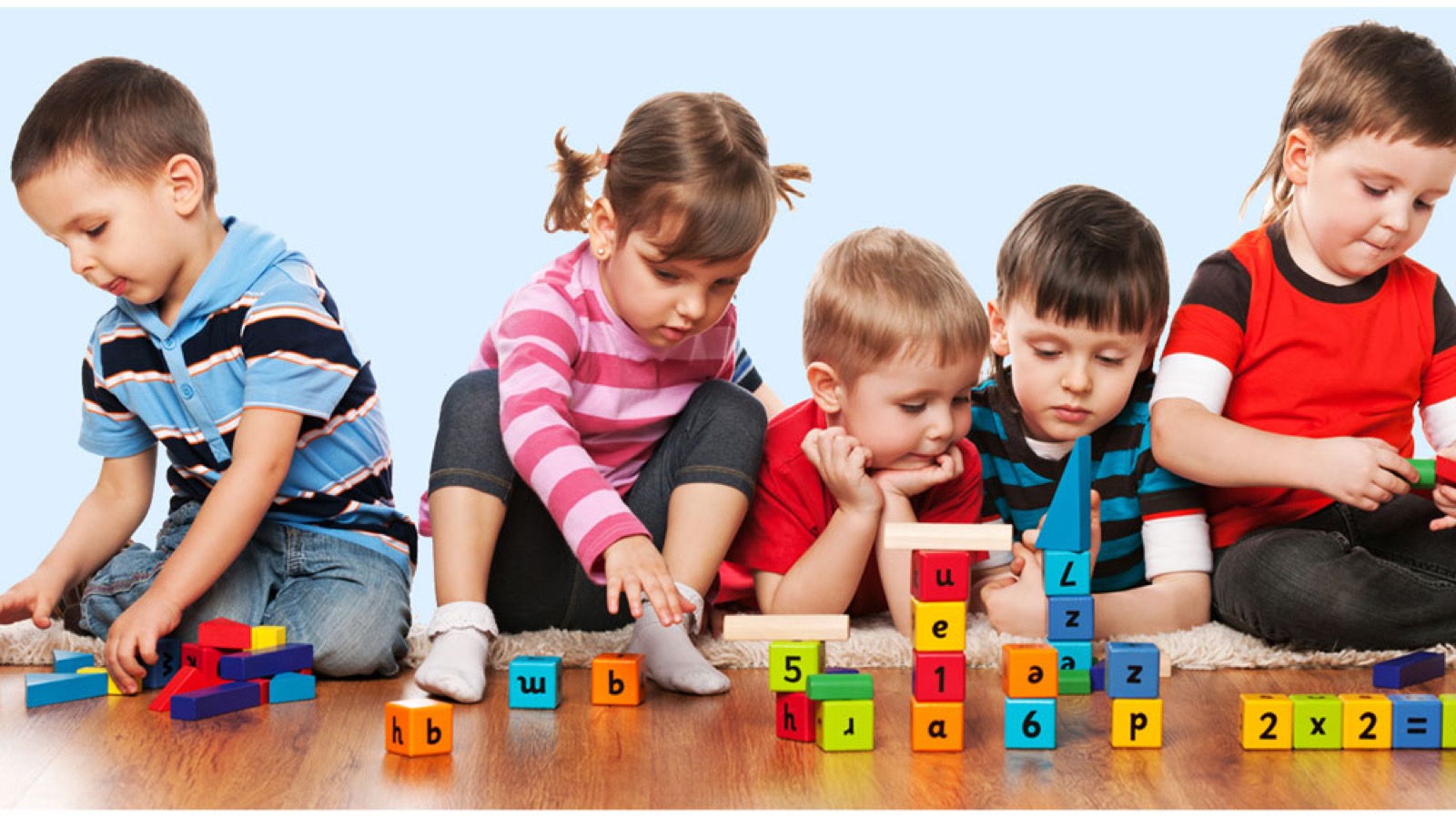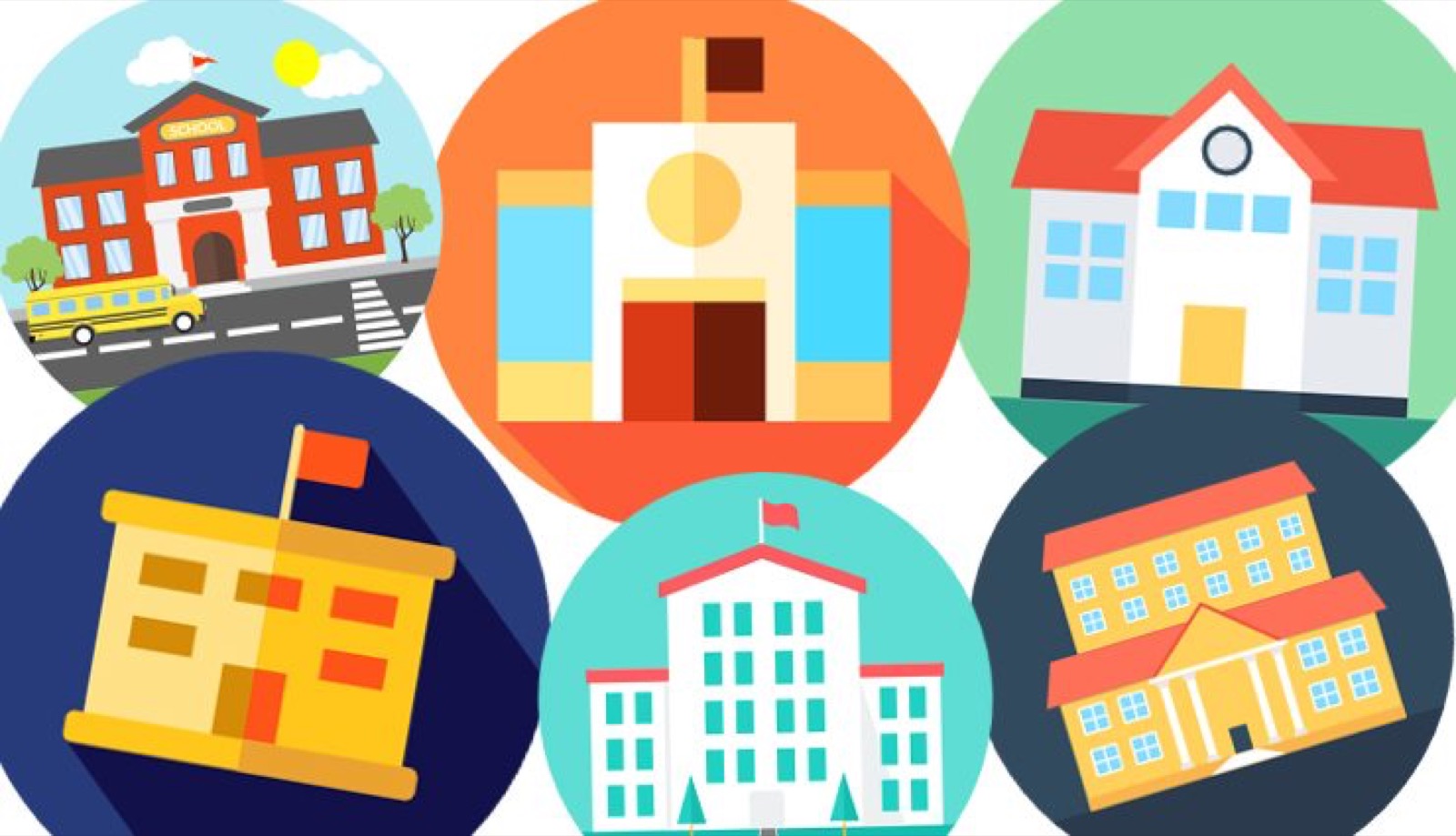The conventional approach to education has been a "one size fits all" paradigm, in which pupils regardless of their aptitude or desire, are exposed to certain educational methods and suited for analysis.
For instance, the relationship between the size of a class and its impact on students learning has been quite a debate. Instructors are of the view that small class sizes are important because they contribute to better instruction. While, some experts contend that there is no evidence that class size reduction increases student success.
The expert suggests reducing class sizes without having sufficient qualified teachers, or not reducing class size enough to have a clear impact, simply does not make a difference.
Understanding the relationship between class size and student accomplishment is crucial for our educational system's long-term success. In this regards, the forthcoming article will succinctly discuss the impacts that a particular class’s size can have on
We at Parhai Likhai recommend children and parents to engage constructively, with each other and start this journey of learning without compromising on quality education.
Also Read: Why Must We Embrace Growth Mindset!
Comfortable Environment
The classroom is a valuable instrument for learning and is an element to consider in developing and managing the didactic activity.
The classroom is, above all, a meeting place for children, and one learns to live in society. It is, therefore, a place where kids should feel good, be at ease. There should be enough space to learn and rest, eat something, or take a book and read.
In short, the classroom must be versatile and comfortable.
Also Read: What Goals to Set Yourself for The New Year?
Adaptable for Children
The youngsters should swiftly adjust to their new surroundings in the classroom. Classes can be large and open spaces to work in groups or smaller reserved rooms to concentrate or work in pairs.
It is achieved, for example, with movable walls, separate cubicles, or glass cells. The stands are another very recurring element.
They are mobile or fixed and serve to create an agora where you can exhibit or speak in public; they also help distribute a space, store things or sit arbitrarily and thus break with the traditional idea of a desk for each student.
Looking for an English Tutor? Click Here!
The Perfect Class Size
As mentioned before, there is not perfect size that fits all, however, the normal proportion of children per class should be 24, at least that is a practice in most of the developed countries.
However, there are many variables that can play a role in determining the size of the class. For instance, the teaching mode and method, or the nature of the subject, for instance if it is a biology practical class, or a cooking class, the smaller the class size the better. Similarly, more common subjects such as language, religion, even history, a bigger class size may do as well.
So, the perfect class size is simply the size that imparts education efficiently.
At ParhaiLikhai, we ensure that tutors are trained to cater the subtle needs of individual child so that they fully actualize on their talents and targets.
Also Read: Top 8 Factors That One Must Consider Before Choosing a Career!
Mathematics and Reading Comprehension
We all know that mathematics and reading comprehension are the most important elements in an elementary school, and there must a be strong reason why this head is mentioned in this article.
The reason is as follows, there is strong evidence that suggests that a decreased class size affects reading comprehension skills among children positively, and same goes for mathematics as well.
Also Read: Homeschooling: After all It is Your Child's Future!
Good Teachers and Managing Classrooms
If a class is unmanageable for a teacher/ instructor, then what’s the point? Basically, determining the size of the class is more of a resource allocation question.
An efficient teacher may be able to manage a bigger class room, but may come at a greater cost.
So a question one must ask is that if having more students per class frees up resources to invest in teacher training and prepare them to better cope with their work, the balance may be favorable.
Are you a teacher? Looking for a Tuition Job? Click Here.
Small Classroom for Better Attention
The classroom is the place for teaching activity that requires the proper organization to adapt to new methodological and technological demands.
To properly assimilate the content of the class, each student must be able to attend to their needs and continually learn to improve. In a large class, this can be difficult, as there is not enough time to adequately and fully serve each student.
However, when class sizes are smaller, each student can receive meaningful and constructive feedback throughout the school year, allowing them to improve every aspect of their learning experience individually.
Also Read: How to Know What Your Child is Capable of?
Small Classrooms for Personalized Learning
When a teacher teaches a large class, he usually has to generalize the content and have a more fundamental view of the topics.
Although this is an excellent way to teach, it may arouse less interest in students and not allow them to delve into more specific topics that interest them.
However, the teacher can view the class progress in smaller classes and adapt his courses to allow extra attention to complex subjects.
By correctly understanding the needs of a small class, students can better advance.
Also Read: How not to Judge a Book by its Cover - Honing Reading Skills!
Bigger Classrooms Have More Resources
Whiteboards, projectors, and educational platforms are now commonly used in big classrooms as learning resources. Academic institutions and many large private companies (Microsoft, Apple, Google) promote the technological race in the school.
They all offer us innovative solutions based on the cloud, which allow us to share and receive content in a more agile, fast, and comfortable way. In addition, more and more schools include subjects such as programming, robotics, or 3D printing in their educational program, and little by little, we see pretty disruptive innovations such as virtual reality glasses or the inclusion of video games.
Hence, there are certain teaching economies that may come with bigger class room sizes and having smaller classrooms cannot accommodate such technologies efficiently, as the space will become crowded.
At Parhai Likhai, we aim to connect you with varified and talented educators and consultants. We aspire to create a competent and fair market for educators to interact with learners and have easy access to matters pertaining to education under a competent and streamlined supervision.
Also Read: Building Self-Esteem: Advices and Methods!
Conclusion
To put it in short, big classrooms have the potential for more facilities, and it is easy to turn to them as an option for education. However, smaller classrooms tend to have fewer students, which means fewer students per course.
It turns out that smaller classes have numerous advantages over large ones.
For instance, the learning space should be suitable for children to adapt quickly and learn better.
Finally, at some point, class size eventually matters, and for some, it doesn't.
Hiring a tutor is advisable but not necessary, as it is a supportive way to help excel your child in academics. At the end of the day it is the responsibility of the child and parents/ guardians to track the performance and progress along with the school faculty. However, it is the need of the hour to make things easy for your child.
For further details/ clarity on our offerings, please read our terms and policies.
Need a TUTOR? click here to start your search.
Contact us at info@parhailikhai.com or 0332-2007633















